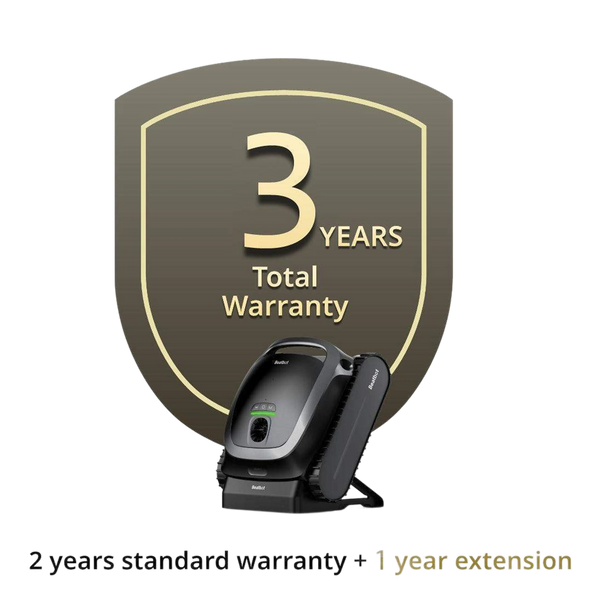The Ultimate Pool Water Testing Guide Maintaining Perfect Pool Balance
In order to keep your pool safe, clean and interesting, you need a consistent testing plan! Regularly check the water's chemical balance, minerals and other assets to keep your pool safe for swimmers. Carry a test kit, check chlorine and pH levels, and monitor for any abnormal changes. With a little regular maintenance, you can keep your water perfect for swimming all season long!
Why is it important to check your pool?
Checking your pool is essential! Without it, you can basically imagine that it can lead to algae blooms, bacteria growth, mineral buildup and unsightly stains. With regular inspections, you can fine-tune the chemical content to avoid maintenance costs and keep your pool in good shape. So, take your test suite, and your pool should get the best care, and you'll be assured that it's swimmable at any time!

Testing Type and Method Box
There are several ways to go about it when it comes to checking your pool water. Let's take a deeper look at the options:
-
Liquid Test Kit: Liquid Test Kit is your favorite accurate test kit. It provides detailed parameters for key chemicals, such as pH, chlorine, and alkalinity. This is the classic choice for swimming experts.
-
Try the Strip: For a quick and simple test, the test paper is your best friend. Just dive in and wait a few seconds for results instantly. It is very convenient for quick internal health inspections!
-
Professional Pool Test Shop: If you want the most accurate results (especially for awkward chemicals), go to your local pool store. The experts can check for less common factors and provide you with field measurement results.
In either case, remember to take the water from the pool center for the best results!
Basic Chemistry Experiment

Checking your pool water regularly is crucial to keeping your pool clean and safe. Here are the highlights:
-
Chlorine and pH: This is a twin pool care chlorine can sanitize the water, and pH can ensure the balance of the water. Check it more often every week or after hot weather or pool parties.
-
Alkalinity: Alkalinity is your alternative to pH value. It stays constant and prevents violent fluctuations. Try traveling by sea this week.
-
Calcium: Too much calcium can cause problems on the surface of the pool and equipment. Check monthly to avoid scratches or dents.
Contaminants and Mineral Treatment
Some contaminants in the pool can cause headaches, but if they are right, you can keep the water clean.
-
Copper and Iron: Minerals such as copper and iron can stain or discolor the water. Copper can penetrate the corrosion of faucets or pipes, while iron often comes from well water. Every month, you can check the minerals, and use a mineral filter or mineral filter to detect high levels in order to maintain a bright pool.
-
Phosphates: Phosphorus is usually harmless, but when it accumulates, it contributes to the growth of algae. Fortunately, using chlorine and regular algaecides is usually sufficient to control algae, so you do not need to use phosphorus!
Salt Testing in a Salt Bowl

If you have a seawater pool, it is important to control the amount of salt in your pool for smooth operation. Here is what you need to know:
-
Regular Inspection: To ensure that your chlorine is effective, check the amount of salt at least once a month. With too little salt, your chlorinator will not produce enough chlorine. Too much may damage your system.
-
Balance Jet: The goal is the ideal salt concentration (usually between 2700 and 3400 ppm). If the fluid level is low, add salt or dilute with fresh water to work properly.
Controlling salt consumption occasionally will help keep your pool clean!
How to Overcome Pool Imbalances

There are many problems that can arise when the chemistry in your pool is off. Here are some common imbalances:
-
High Calcium: Too much calcium can cause peeling of the skin. Use a flocculant rinse or replace a small amount of water to restore the balance.
-
High Minerals: If you find stains or discolorations, minerals such as iron or copper may be the culprit. Add a mineral adhesive or use filters designed to collect minerals.
-
Algae Grows: To combat algae, adjust the pH and chlorine, add an algaecide, and make sure the pool is cleaned regularly and vacuumed to remove any buildup.
Correcting the imbalance will keep your pool sparkling and healthy!
An internal inspection is part of your daily routine. By regularly checking your pool water, you will sooner address problems, keep your pool sparkling and clean, and prevent costly maintenance. The Beatbot iSkim Ultra robotic pool skimmer keeps your water clean by effectively removing waste. Whether it's pH, chlorine or calcium, maintaining these controls will ensure you can swim safely and healthily all year round.






















